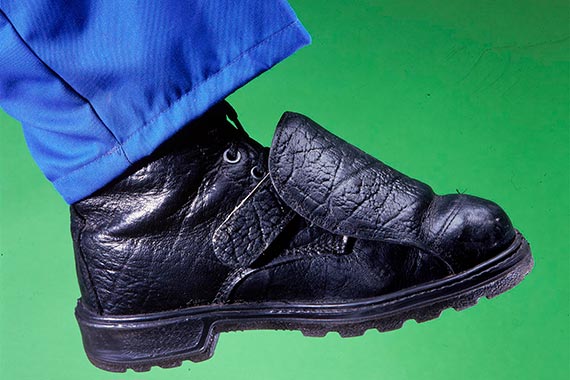Questions? We've got answers.
Cylinders can be many different shapes and sizes and all cylinders have the potential to cause injury and damage if stored incorrectly. In addition, certain products (in particular oxygen and acetylene) should not be stored next to each other for safety reasons.
Please read guidelines for storing cylinders safely. For further advice and information, contact Air Products.
Cylinders are very heavy and travel at the same speed as your vehicle. However, unlike your vehicle, they are not fitted with any brakes and unless they are adequately secured they can move forward under braking and cause severe damage.
There are some basic safety rules to follow:
To get further information about the loading, unloading, collecting and transportation of gas cylinders, please take a look at the guide 'Safe Transport of Gas' guide provided by European Industrial Gas Association (EIGA).
When you handle cylinders we strongly recommend that you wear
For cutting and welding operations you should use

Safety Boot
Oil and grease are substances that are strictly forbidden in the gas industry as they may react when in contact with some gases like oxygen. Oxygen and other oxidant gases can react violently and produce a fire or an explosion when in contact with oils or grease. So lubrication of cylinders/packs is not allowed, in order to prevent highly risk potential accidents.
Air Products employees are trained on the incompatibility of oil or grease and other substances with the gases we produce.
To find the optimum gas mixture for your welding process use our Gas Selector tool on the Welding and Cutting page.